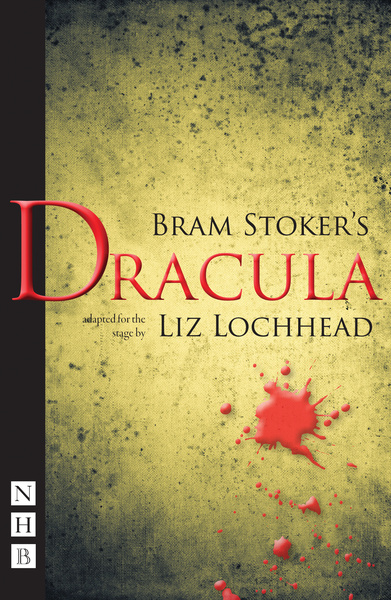How to design a Book and other stories
John Gielgud at 90





A few early covers for Nick Hern Books
Work with Nick Hern Books grew rapidly. The play scripts coming through regularly, usually requiring a very quick turn around, had an added complication of needing to balance the time it took to print the scripts, against how the scripts may change during the rehearsal process. As many of the scripts also included cast details, they also served as show programmes.
In early summer I had a call from Nick, he said, “I’ve got something a bit different for you and you have some time on this one” I was intrigued, “I want you to come and meet the editor.”
On a balmy July day I headed west from Peckham to Acton, by this time our old car could pretty much do the journey by itself. Opening his front door and leading me down the hall to the front room, I felt his barely suppressed excitement as he introduced me to the book editor Richard Mangan, before darting off to make a pot of tea.
On his return, tea cups jostling on the tray, Nick explained the project. It was a book to celebrate John Gielgud’s 90th Birthday; however, this was not to be a straightforward biography. In the 1920s, as well as attending the Royal Academy of Dramatic Art (RADA), Gielgud was an avid theatregoer seeing shows many times a week, sometimes twice a day. Between June 1917 and December 1925 he had amassed 314 programmes. On each programme he would note down, usually in pencil in tiny spidery handwriting, his thoughts about the play, actors, production, set, costumes and other thoughts.
Gielgud’s mother had kept every programme in her attic and in the1960s donated the entire collection to the Mander & Mitchenson Theatre Collection. This Theatre Collection was the foremost archive of British Theatre and had everything from production shots to programmes, scripts and actor’s profiles going back to early 18th century. Richard had come across these bundles of programmes and become fascinated at this commentary on theatre history, which included many first performances of important British plays.
Richard had pitched the idea of a book to the trustees of the collection at the Jerwood Library of Performing Arts, now housed at Bristol University. The trustees had given Richard full access to choose the images for the book. This in itself was pretty exciting and my mind was racing as to how produce the book. We could not include all 314 plays; not only would it have made the book at least 650 pages long, it would have been very repetitive and expensive to print. So, we decided to work out how many productions would go into a 128 page hardback.
This treasure trove of British theatrical history, however, was not to be the most exciting part of the project. Richard had written to Gielgud, who had not only given the project his blessing, he had also agreed to write his memories from seeing each production, regarding them from the end of his long career, thus giving them a wholly different perspective.
Gielgud had written a wonderfully self-effacing note, anxious about how much anyone would be interested. He would also donate any profits made to the Jerwood Trust to maintain the archive.Richard carefully pulled out an envelope from his bag and produced the selected programmes. I could now see the notes a young Gielgud had scribbled down. It was obvious straight away that the fragile sheets were going to be a challenge to scan and still ensure the writing was legible. The vision was to produce a large diary sized book, yet Gielgud’s writing was so small, to increase the scale to be easily readable would mean a much larger sized book. In which case we agreed to organise every play we featured as follows:
- Small scan of the programme
- A transcript of John Gielgud’s 1920s notes
- A paragraph of theatrical context from Richard
- John Gielgud’s 1990s notes


Photos from actual productions where possible, if not photos from productions of the same plays as close to the dates as possible.
We also agreed that the book should mirror the early programme graphics as far as possible. We decided to use a small 20s style icon on every page with a simple rule to contain the content on the page. For this I was able to commission my partner Alison, a talented illustrator, to draw a 20s style border for the front and back cover. I used a mix of a 20s typeface for the secondary text on the cover with a slightly more modern face for the title and the author, complete with a photo of John Gielgud from the time.
I set about making some sample spreads for Gielgud’s approval. Having read some of the brutal reviews he had given the plays, and bearing in mind his status as one of the acting greats, I did feel pretty intimidated. But, as I got into the design process I forgot my anxiety, until, that is, I had to send them off.
The time between sending off the roughs to receiving a reply felt like months – in fact it was probably was only a week or so. We got the green light, the great man loved everything about it.
Now it was all systems go. The text had to be typeset. At this point we were just entering the era of desktop publishing, although scanning was still done in pre-press at the printers and the images were photocopies of the image set out as position guides on an overlay. A very crude process compared with today.
Delightfully, the book was a success. A wonderful celebration for his 90th year, both it and Gielgud attracted plenty of interest and coverage.
